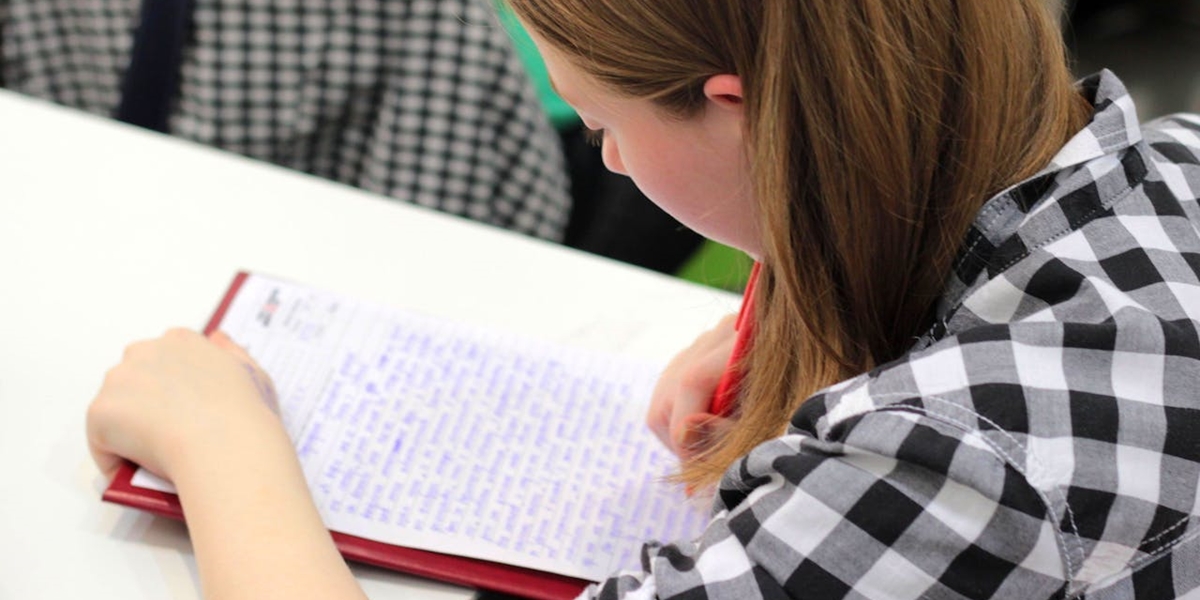350 Heartfelt Words for Father, Can Be Expressions of Love
Here is a collection of 350 words for fathers that can inspire you to express love and gratitude.

Kapanlagi.com - Conjunctions are words that function to connect words, phrases, clauses, or sentences. The correct use of conjunctions can make sentences more effective and easier to understand. Below are various examples of conjunctions along with their usage in sentences:

learning with many books (credit: pexels.com)
A additive conjunction functions to connect two equivalent things. For example:
Examples of usage in sentences:
Time conjunctions indicate the time relationship between two events. For example:
Examples of usage in sentences:
Conjunctions of contrast connect two opposing things. For example:
Examples of usage in sentences:

woman in the library (credit: pexels.com)
Conjunctions of choice indicate a choice between two things. For example:
Examples of usage in sentences:
Purpose conjunctions indicate the intention or purpose of an action. For example:
Examples of usage in sentences:
Cause conjunctions indicate the reason for something happening. For example:
Examples of usage in sentences:

whiteboard (credit: pexels.com)
Conjunctions of consequence indicate the result or consequence of an action. For example:
Examples of usage in sentences:
Conjunctions of condition indicate conditions that must be met. For example:
Examples of usage in sentences:
Comparison conjunctions are used to compare two things. For example:
Examples of usage in sentences:

laptop on the table (credit: pexels.com)
Emphatic conjunctions are used to provide emphasis. For example:
Examples of usage in sentences:
Sequence connectives indicate stages or the order of events. For example:
Examples of usage in sentences:
Limiting connectives are used to restrict a statement. For example:
Examples of usage in sentences:

classroom and discussion (credit: pexels.com)
Explanatory conjunctions are used to provide additional explanations. For example:
Examples of usage in sentences:
That is the correct use of conjunctions which is very important in forming effective and easily understood sentences. There is still a lot of other education that KLovers can learn by reading articles on kapanlagi.com. Because, if not now, when?
(kpl/dhm)
Cobain For You Page (FYP) Yang kamu suka ada di sini,
lihat isinya
Here is a collection of 350 words for fathers that can inspire you to express love and gratitude.
Here are 350 short words for yourself that motivate.
Here are 350 motivational quotes for students presented in a humorous yet meaningful way.
Here is a collection of 350 short yet meaningful wise words from various sources.
The taper hairstyle is a cut that gives a neat and modern impression, suitable for various occasions.
Discover various cute and practical curly hairstyle options for girls.
Thai dramas always succeed in presenting emotional stories that touch the heart. One of them is a Thai drama about orphans. Usually, this theme depicts how the characters struggle for a better future.
If you are confused about what to cook, here is a daily home-cooked chicken menu that can be made in a short time. Let's check it out, KLovers!
Discover practical and delicious savory Lebaran snack ideas to celebrate special moments with family.
Knowing how to copy links on TikTok is very useful for saving or sharing interesting videos. Whether for personal or professional purposes, this feature makes it easy to access your favorite content. With a few simple steps, you can copy and use the link as needed.
Discover various practical and easy Eid menu ideas that are ready to delight the taste buds of family and guests at home.
This article will thoroughly discuss various methods for purchasing TikTok coins at affordable prices, along with tips and tricks to save your expenses.